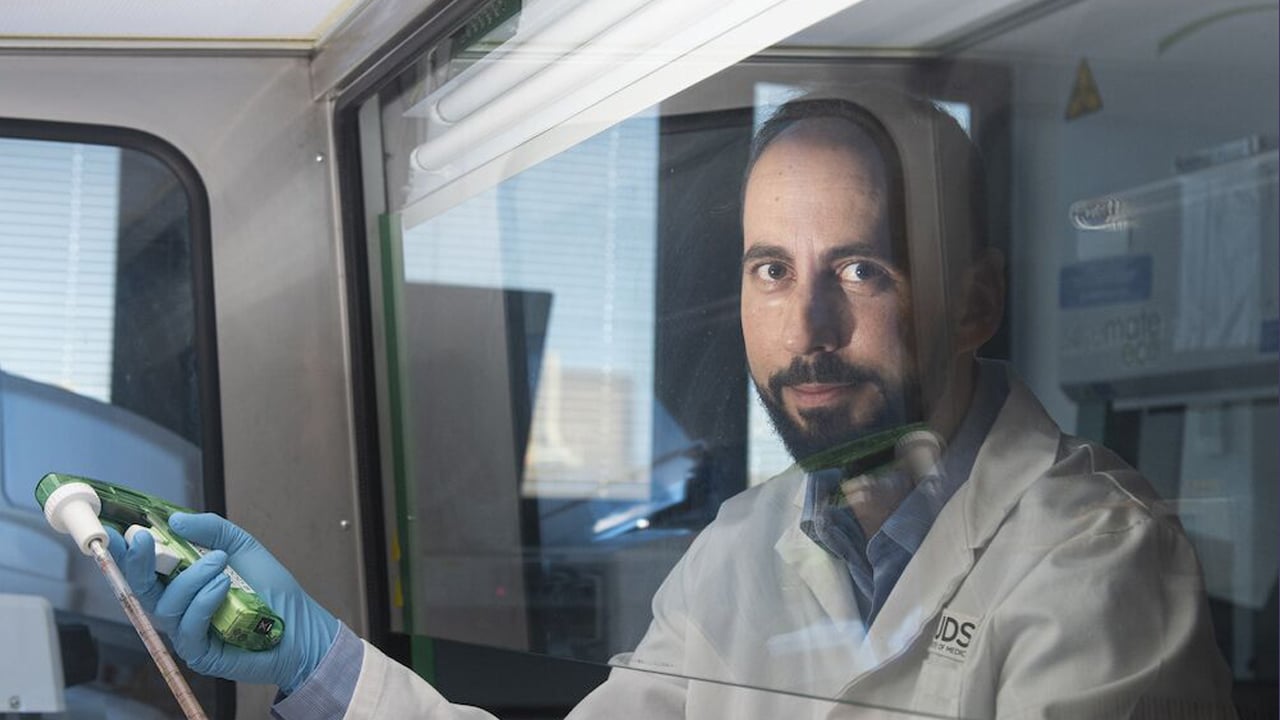Australian scientists find genetic cause of lupus
By Rob Clancy, staff writer. Reviewed by Associate Professor Michael Gantier

An international study that found a novel genetic cause of lupus owes much of its success to a single lab in Melbourne.
The discovery of a single point mutation in the TLR7 gene could also hold the key to more medical mysteries.
Lupus is a chronic autoimmune disease in which the body’s immune system attacks its own tissues and organs. More common in women than men, it can inflame the skin, blood cells, joints, kidneys, brain, heart, and lungs.
There is no cure for lupus, and little is understood of the genetic cause of lupus. Current treatments are predominantly immune-suppressors which work by dialling down the immune system to alleviate symptoms.
Seven-year-old Spanish girl provides genetic answer to lupus
The team’s work, published this week in Nature, involved whole genome sequencing of the DNA of a Spanish child named Gabriela, who was diagnosed with severe lupus when she was seven years old. Such a severe case with early onset of symptoms is rare and indicates a single genetic cause.
In their genetic analysis, carried out at the Centre for Personalised Immunology at the Australian National University, the researchers identified the TLR7 gene mutation. Via referrals from clinics in China and the US, they identified other cases of severe lupus where this gene was also mutated. Once introduced in pre-clincial models, the TLR7 mutation led to similar disease and symptoms, providing direct evidence that the TLR7 mutation was the cause. The pre-clinical model and the mutation were both named ‘kika’ by Gabriella, the young girl central to this discovery.
Associate Professor Michael Gantier at Hudson Institute, who is an expert in TLR7 research, helped the team decipher how the mutation promoted the aberrant activation of this key immune sensor.
“We demonstrated that the TLR7 kika mutation increased the sensitivity to Guanosine, one of the key building blocks that make up our RNA. That means that with no infection – which is what this sensor normally detects – inflammation is aberrantly switched on leading to the auto-immune disease.”
The work may also help explain why lupus is about 10 times more frequent in females than in males. As TLR7 sits on the X chromosome, females have two copies of the gene while males have one.
Treatment hope for lupus
Gabriella, who is now in her teens, is still in touch with the research team and says: “I hope finding the genetic cause of lupus will give hope to people with lupus and make them feel they are not alone in fighting this battle. Hopefully the research can continue and end up in a specific treatment that can benefit so many lupus warriors who suffer from this disease.”
Associate Professor Gantier adds: “This research now provides us with unique models to demonstrate the therapeutic efficacy of a novel class of TLR7 inhibitors which we have developed at Hudson Institute in partnership with Pharmorage Pty Ltd.
“TLR7 is likely to hold the key to other auto-immune diseases, and is also critical to the immune response to mRNA vaccines. In addition to helping people like Gabriella, this study may help make better mRNA vaccines, with fewer side-effects”.
Collaborators | The Francis Crick Institute, ANU
Journal | Nature
Title | TLR7 gain-of-function genetic variation causes human lupus
View publication | https://doi.org/10.1038/s41586-022-04642-z
In this article
About Hudson Institute
Hudson Institute’ s research programs deliver in three areas of medical need – inflammation, cancer, women’s and newborn health. More
Hudson News
Get the inside view on discoveries and patient stories
“Thank you Hudson Institute researchers. Your work brings such hope to all women with ovarian cancer knowing that potentially women in the future won't have to go through what we have!”





